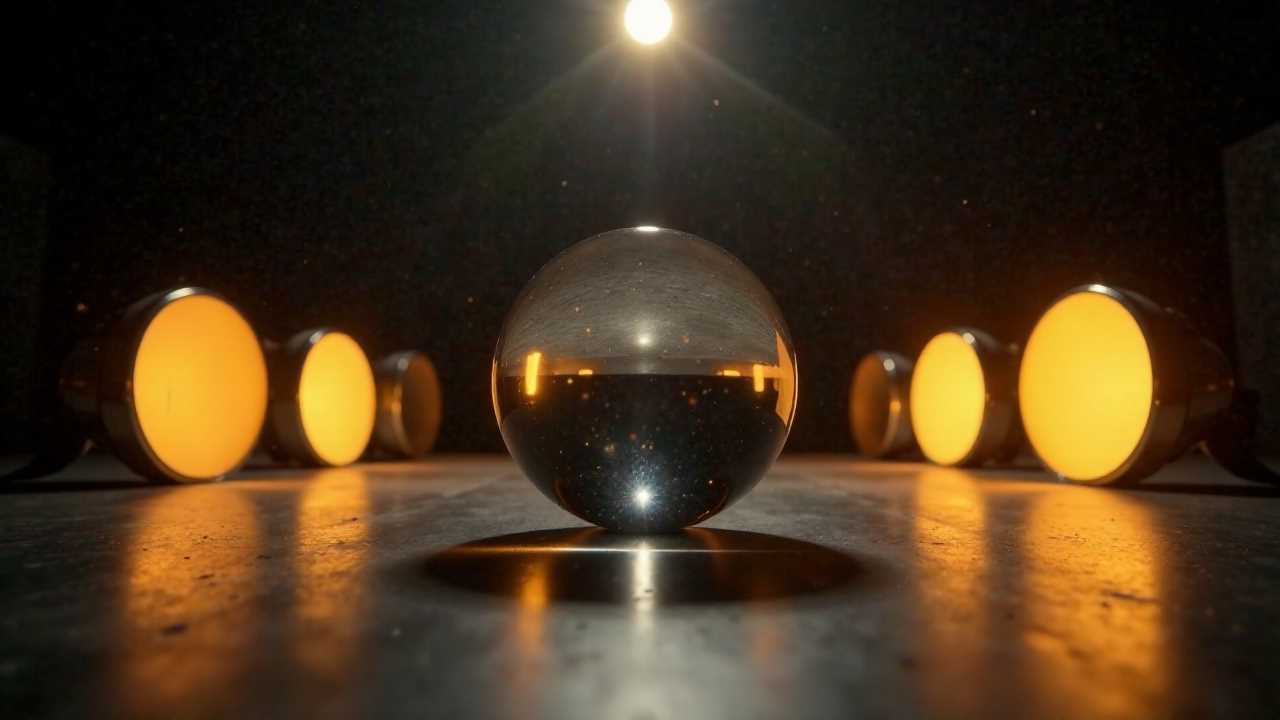
The Significance of Lighting in 3D Animation
In the realm of 3D animation, the role of lighting cannot be overstated. It serves as a fundamental element that shapes the viewer's perception and emotional response to a scene. Proper illumination not only enhances the visual appeal but also guides the audience's attention to key elements within the frame. Understanding how to manipulate shadows, atmosphere, color, depth, and contrast can significantly elevate the quality of your animated scenes.
Understanding Illumination Techniques
Illumination is the backbone of any animated scene. It sets the mood and tone, influencing how the audience perceives the environment. There are several techniques to achieve effective illumination:
1. Three-Point Lighting: This classic technique involves using three light sources: the key light, fill light, and backlight. The key light is the primary source, creating the main illumination. The fill light softens shadows, while the backlight adds depth by separating the subject from the background.
2. Natural Lighting: Mimicking natural light sources, such as the sun or moon, can create a realistic atmosphere. This technique often involves using warm tones during the day and cooler tones at night to reflect the time of day.
3. Colored Lighting: Introducing colored lights can evoke specific emotions or highlight certain aspects of a scene. For example, warm colors can create a cozy atmosphere, while cooler colors might suggest tension or unease.
Shadows: The Unsung Heroes of Depth
Shadows play a crucial role in adding depth and dimension to animated scenes. They help define shapes and create a sense of realism. Here are some key considerations for utilizing shadows effectively:
1. Soft vs. Hard Shadows: Soft shadows are created by diffused light sources, resulting in a gradual transition from light to dark. Hard shadows, on the other hand, are cast by direct light sources, creating stark contrasts. Depending on the mood you wish to convey, choosing between these two types can significantly impact the scene's atmosphere.
2. Shadow Length and Direction: The position of your light source will determine the length and direction of shadows. Experimenting with these elements can create dramatic effects, enhancing the overall visual storytelling.
3. Ambient Occlusion: This technique simulates how light behaves in the real world, particularly in corners and crevices. By incorporating ambient occlusion, you can achieve a more realistic representation of shadows, adding depth to your scenes.
Creating Atmosphere Through Lighting
The atmosphere of a scene is largely influenced by how lighting is applied. A well-crafted atmosphere can transport the audience into the world you’ve created. Here are some strategies to consider:
1. Mood Lighting: Adjusting the intensity and color of lights can evoke different emotions. For instance, dim lighting with warm hues can create a romantic or nostalgic feel, while bright, harsh lighting might convey urgency or chaos.
2. Fog and Light Interaction: Incorporating fog or mist can enhance the atmosphere by scattering light. This technique softens the overall look and adds a layer of mystery to the scene.
3. Light as a Narrative Tool: Use lighting to guide the viewer's focus. Brightly lit areas can draw attention to important characters or objects, while darker areas can create suspense or intrigue.
The Role of Color in Lighting
Color is a powerful tool in animation, and its interplay with lighting can dramatically alter the perception of a scene. Here are some tips for effectively using color in your lighting:
1. Color Temperature: Understanding the concept of color temperature is vital. Warmer colors (reds, oranges) can create a sense of comfort, while cooler colors (blues, greens) can evoke feelings of calm or sadness. Adjusting the color temperature of your lights can help set the desired emotional tone.
2. Color Harmony: Utilizing a color palette that complements the scene can enhance visual cohesion. Consider using analogous colors for a harmonious look or complementary colors for a more dynamic contrast.
3. Lighting Effects: Experiment with different lighting effects, such as gels or filters, to create unique color casts. These effects can add an artistic flair to your animation and contribute to the overall atmosphere.
Depth and Contrast: The Visual Dynamics
Depth and contrast are essential for creating visually engaging animated scenes. Here’s how to effectively incorporate these elements:
1. Layering Elements: To create depth, layer your scene elements strategically. Use foreground, midground, and background elements, and adjust the lighting on each layer to enhance the sense of space.
2. Contrast in Lighting: High contrast can create drama and highlight specific areas of interest. By contrasting bright and dark areas, you can guide the viewer's eye and emphasize important details.
3. Depth of Field: Implementing depth of field techniques can further enhance the perception of depth. By blurring the background or foreground, you can draw attention to the main subject, creating a more immersive experience.
Mastering Lighting for Stunning Animated Scenes
Mastering lighting for animated scenes is an art that requires practice and experimentation. By understanding the interplay of illumination, shadows, atmosphere, color, depth, and contrast, you can create visually stunning animations that resonate with your audience. Embrace these techniques, and watch your animated scenes transform into captivating visual narratives that leave a lasting impression.
 Digital Art InstructionDIY Infographics DesignMobile Game ArtworkPersonalized Logo Design3D AnimationeBook Covers DesignPrivacy PolicyTerms And Conditions
Digital Art InstructionDIY Infographics DesignMobile Game ArtworkPersonalized Logo Design3D AnimationeBook Covers DesignPrivacy PolicyTerms And Conditions
